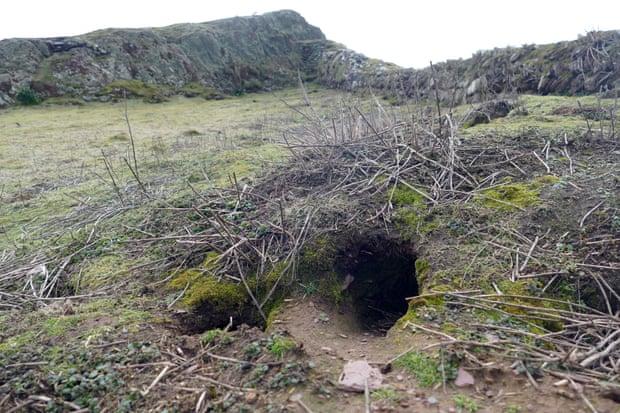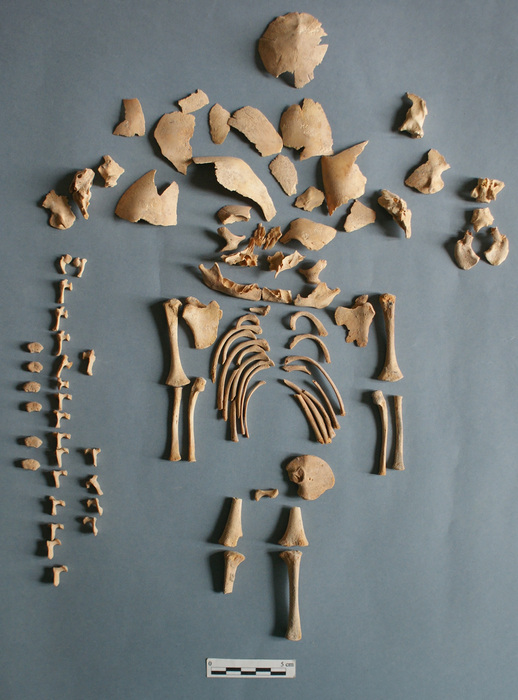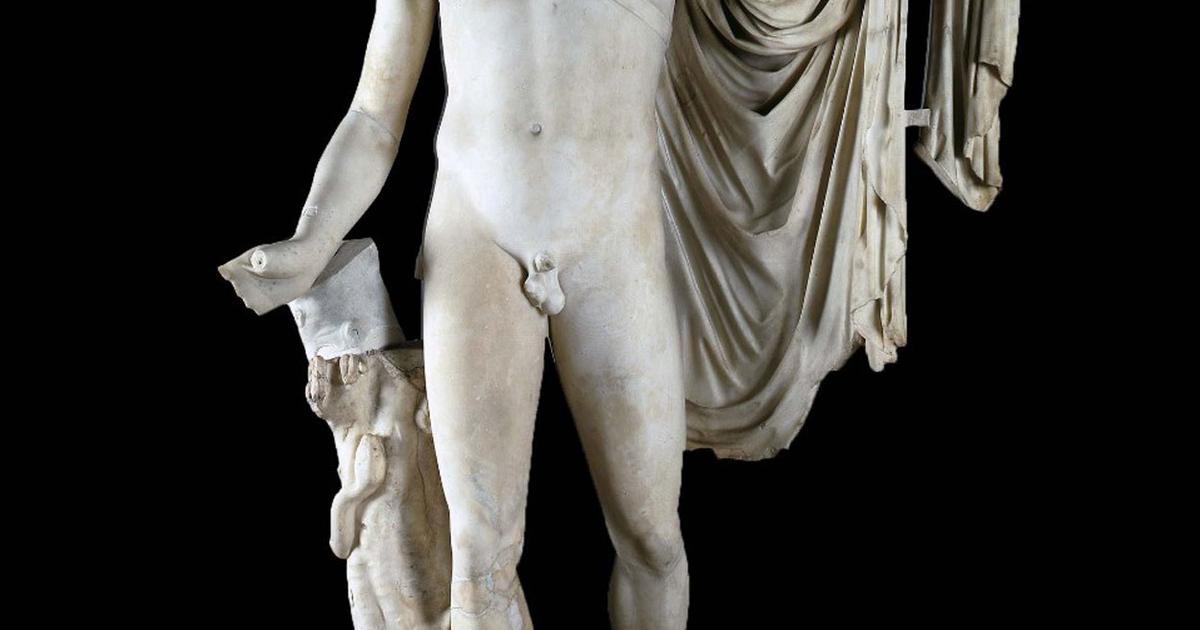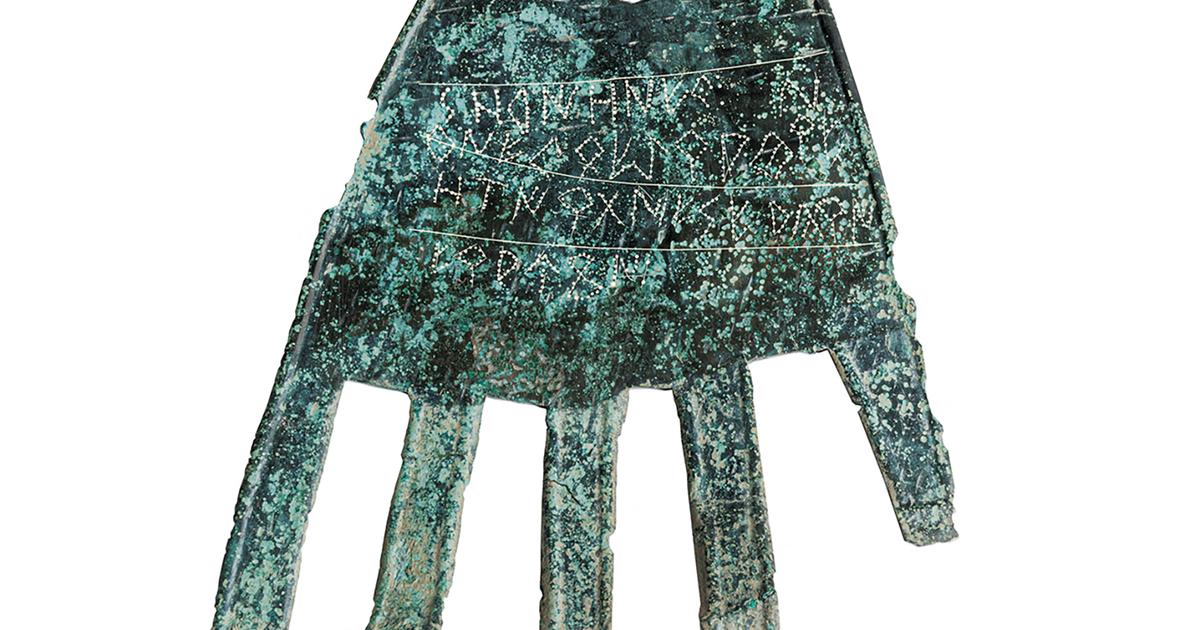Maybe they were looking for Easter eggs.
Rabbits from the small Welsh island of Skokholm, off the coast of Pembrokeshire Coast National Park, have unearthed - while digging new burrows - some strange pebbles, and fragments of terracotta.
Not very appetizing for these small mammals, these remains did not fail to intrigue the two guardians of the island who came to inspect the burrows, then to make the mouths of British archaeologists.
And for good reason: they were actually historical objects dating from the recent Mesolithic and the Bronze Age, neither more nor less than the oldest traces of human occupation of the island.
Read also: In Egypt, more than 500 cats rested in a necropolis of the 1st-2nd century reserved for animals
Identified by several British experts, these fragments date back thousands of years.
The first, two long cut pebbles, would constitute a tool "used
for tasks such as the preparation of seal skins for the manufacture of boats covered with skins, or for the transformation of food such as shells
", according to prehistorian Andrew David, quoted in a statement from the Wildlife Trust of South-West Wales.
6,000 to 9,000 years old, these tools are the oldest remains ever found on the island, until then mainly famous for its occupation during the Viking Age, around the 10th-11th century, which gave it its current name of Skokholm - "
wood island
", in Norse.
And if the presence of prehistoric groups was already known there thanks to aerial surveys, this is the first time that a vestige of the first occupations of the island has been unearthed.
1/2 - The Mesolithic stone tool.
Richard Brown & Giselle Eagle / WTSWW
2/2 - The fragment of an urn from the Bronze Age.
Richard Brown & Giselle Eagle / WTSWW
Bronze Age ceramics, on the other hand, is a fragment of what must have been the neck, incised with decorative notches, of thick-walled pottery.
According to Jody Deacon, curator of the National Museum for Wales, it would be a remains of a funeral urn dated around - 2100 to - 1750;
a type of common object in West Wales, but quite unprecedented in the archaeological context of Skokholm.
As with pebbles, this ceramic was unearthed in rabbit burrows during surveys carried out by the two bird watchers who guard the island.
Read also: A Bronze Age sword exhumed in very good condition from a Danish archaeological site
The discovery of these various remains is already whetting the appetite of Welsh archaeologists.
"
It appears that an Early Bronze Age burial mound was built over a mid-Stone Age hunter-gatherer site, all disturbed by rabbits
," Toby Drive recapitulated.
It is clear that the place has been colonized for millennia.
Accustomed to excavations on the neighboring islands of Skomer and Ramsey, this archaeologist from the Royal Commission on Ancient and Historic Monuments of Wales plans to go prospecting there by the end of the year, as soon as the situation sanitary will allow it.
Shunning any request for interviews, the archaeologist rabbits in Wales have not commented on their fabulous discovery.
No doubt they have already scented their next excavation site, in somewhat more discreet corners of the island of Skokholm.















/cloudfront-eu-central-1.images.arcpublishing.com/prisa/GP2ZXWJRROQQUNBAGJPH3WIOVQ.jpg)